Unqualified Reservations has a great post dissecting the Wolfram Alpha hubristic User Interface.
Warning: this guy seems to be able to write faster than most people can read. Browse his blog at your peril!
photostream 130
5 days ago
Because the shortest distance between two thoughts is a straight line

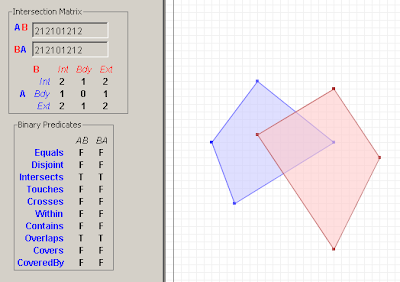
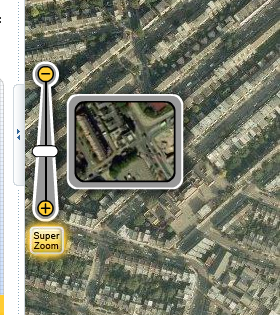
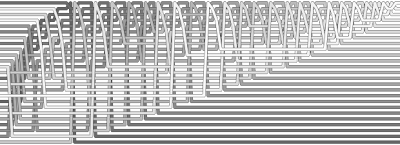
loop 1000 times
Me->Visio: draw sequence diagram
Visio->Me: frustration
end
Me->Google: search for better way
Google->Me: find websequencediagram tool
Me->WebSequenceDiagram: draw sequence diagram
WebSequenceDiagram->Me: happiness!

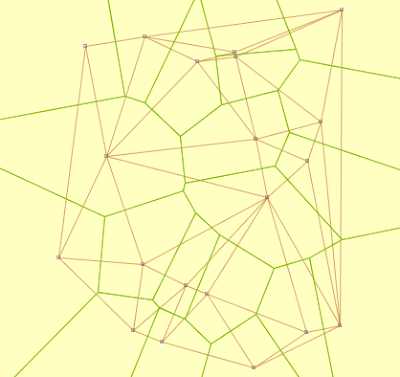

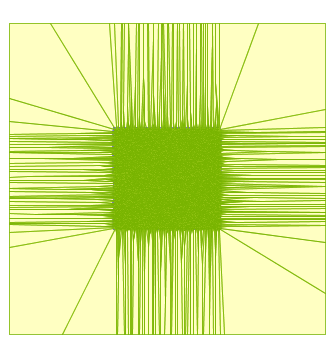
 The Delaunay triangulation (notice that triangle edges cross some of the longer constraint edges):
The Delaunay triangulation (notice that triangle edges cross some of the longer constraint edges):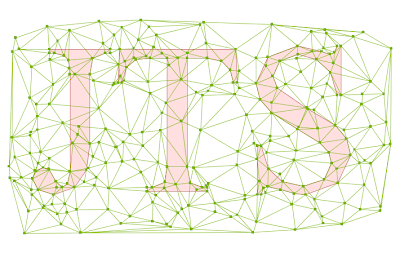 A conforming Delaunay triangulation (the triangulation edges are now faithful to the constraint edges):
A conforming Delaunay triangulation (the triangulation edges are now faithful to the constraint edges):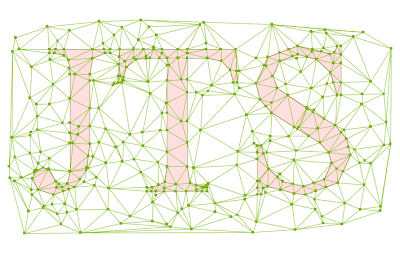
java version "1.6.0_11"
Java(TM) SE Runtime Environment (build 1.6.0_11-b03)
Java HotSpot(TM) 64-Bit Server VM (build 11.0-b16, mixed mode)

EdgeList (by using a more efficient technique for detecting duplicate edges) ByteArrayInStream (by avoiding use of java.io.ByteArrayInputStream) 